The NASA Village
The NASA Village
Today in the NASA Village… Environmental Monitoring: How Clean is it?
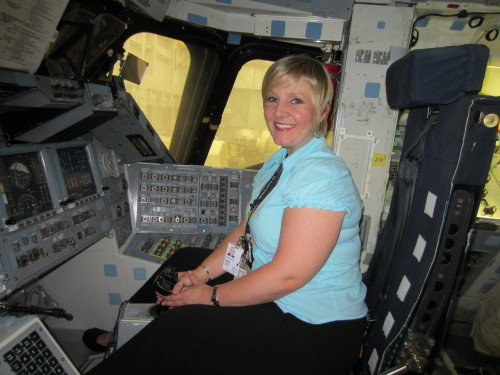
So, the International Space Station has been operating for 16 years now. Do you wonder how clean is the air astronauts breathe or the surfaces that the astronauts touch each day? Are there hazardous levels of bacteria or other toxic components in the drinking water supply? Obviously on this (18+ year) long duration endeavor, we have to monitor the air quality, the microbial content of the air, surfaces, and water, the sound levels we are experiencing, and the radiation doses that we are being exposed to. These data are not only critical for safety of the astronauts while on board, but for long term occupational health monitoring. Future deep space explorers will benefit from lessons we are learning now.
Needless to say, there are some specialized pieces of hardware that we have to know how to operate in order to perform this environmental monitoring. Elisca Hicks first joined NASA by working in the Education and Outreach Program. She later transitioned to the Space Medicine Training team in 2005. Elisca currently has a dual role in the Space Medicine Training Team. She is an instructor, she teaches the environmental monitoring hardware to Space Station crew members, but she also coordinates multiple medical student and doctor programs at Johnson Space Center.
This media slide containing mold is what Elisca teaches us to use. This helps us identify if there are issues or areas that need our additional attention.
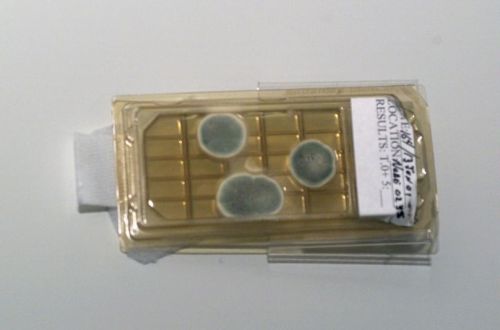
This picture shows mold found growing on a kit that was being used in an experiment. Inside the kit were tubes that contained a swab and liquid in them. The tubes were damaged (cracked lids) and they leaked, causing the mold to grow on the kit.

Here Elisca is showing me how to place the media tray in the microbial air sampler.
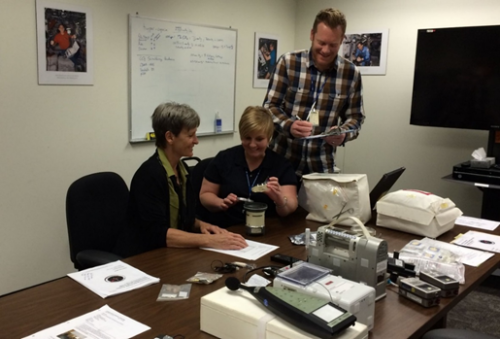
Consider that the lack of gravity means that dust does not collect just on the upper surfaces, but on all the surfaces. The ventilation system moves a lot of the debris to the filters, but electrostatic forces result in the potential for debris to collect pretty much anywhere. The worst air quality can be seen when the callouses of the crew members feet begin to come off about month 2. Remember, we are not using the bottoms of our feet for walking, so we actually get callouses on the tops of our toes from sliding them under handrails!
Next time on the NASA Village… You Need to Experience It.
Do you want more stories? Find our NASA Villagers here!
More Posts from Astrotidbits-blog and Others
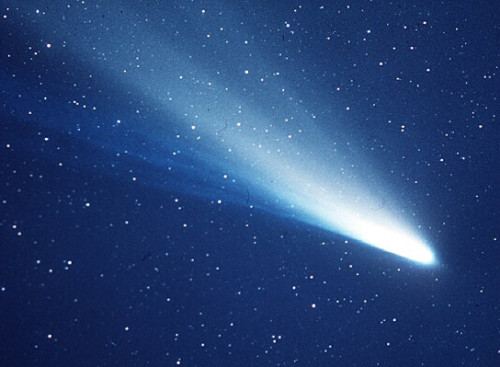
A once in a lifetime event visible every 75-76 years, Halleys comet returned in 1986. Halley is the only short-period comet that is clearly visible to the naked eye from Earth. It has been documented since 240 BC.

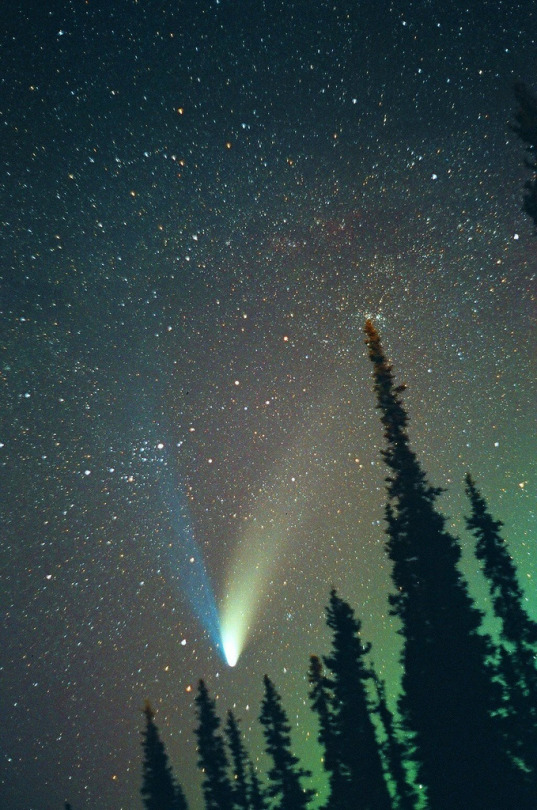
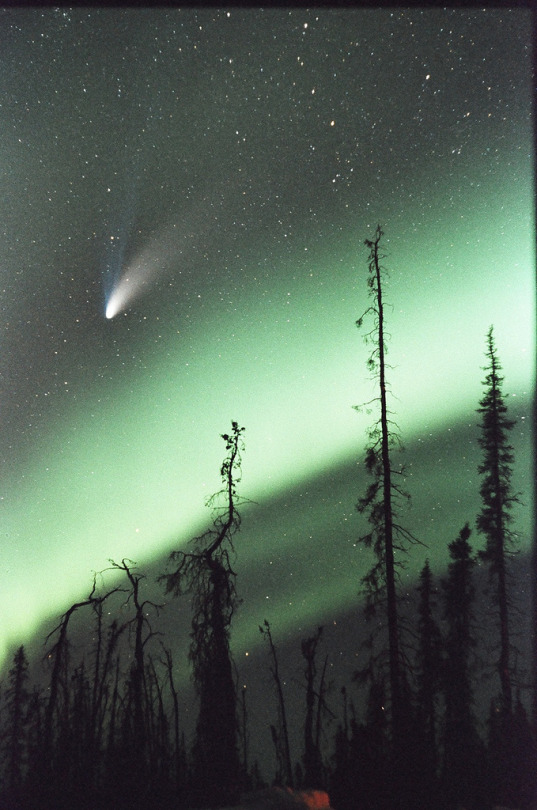
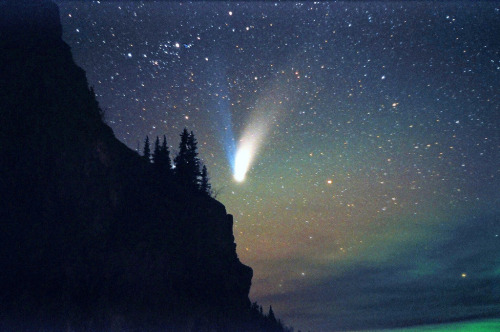
Comets by David Cartier
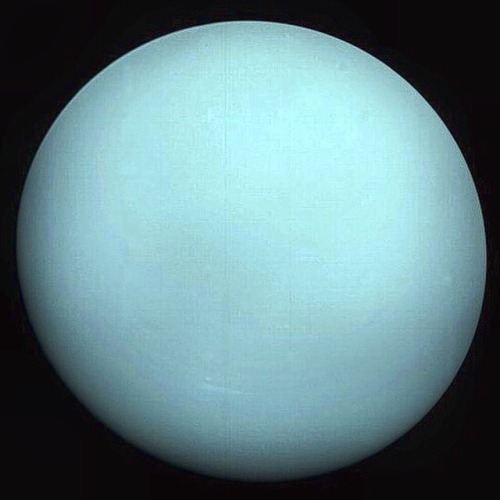
William Herschel discovered Uranus in 1781. 205 years later in 1986, NASA sent Voyager 2 2.6 billion km to photograph it. Quite a leap in 2 centuries’ time. *http://bit.ly/AstroTwitter
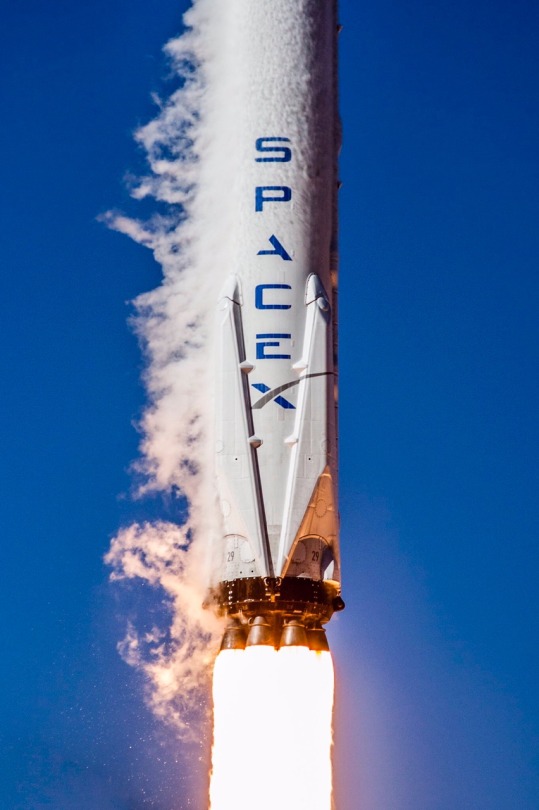
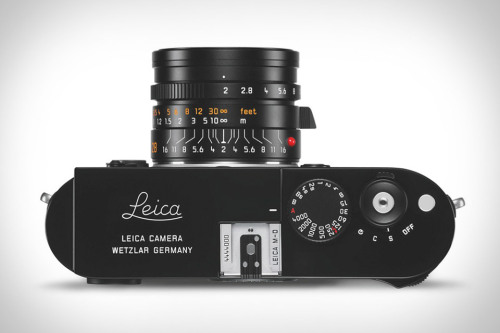
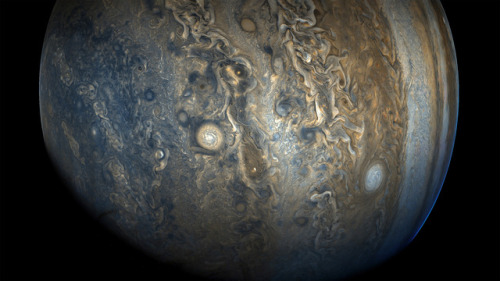
What a stunner! See Jupiter’s southern hemisphere in beautiful detail in this new citizen-scientist-processed JunoCam image.
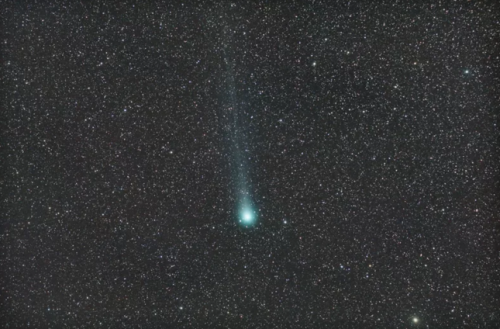
THIS COMET IS DRUNK
Comet Lovejoy is the first comet we’ve found that disperses ethyl alcohol into space, as much as would be in 500 bottles of wine every second.
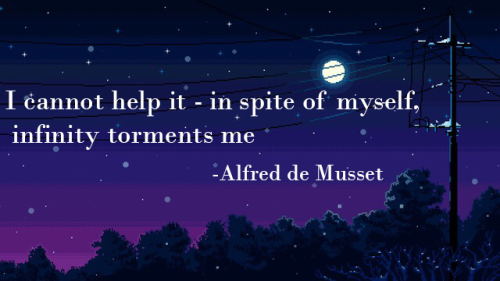
∞ x ∞ = ∞
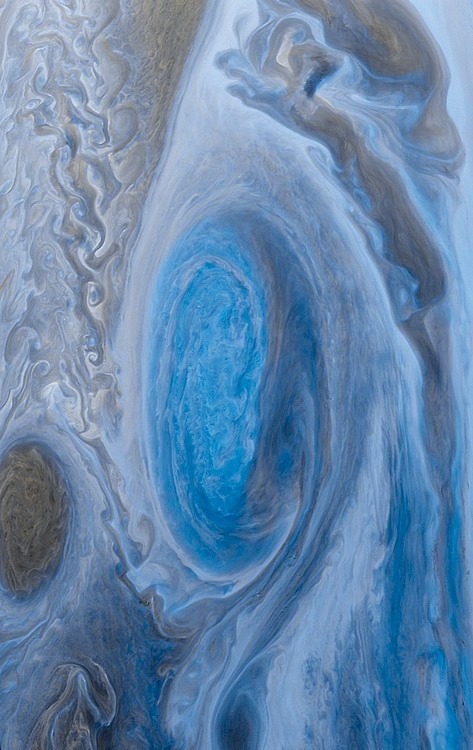
Jupiter’s Great Red Spot from Voyager 1 Color Inverted
What will become of Jupiter’s Great Red Spot? Recorded as shrinking since the 1930s, the rate of the Great Red Spot’s size appears to have accelerated just in the past few years. A hurricane larger than Earth, the Great Red Spot has been raging at least as long as telescopes could see it. Like most astronomical phenomena, the Great Red Spot was neither predicted nor immediately understood after its discovery. Although small eddies that feed into the storm system seem to play a role, a more full understanding of the gigantic storm cloud remains a topic of continued research, and may result in a better understanding of weather here on Earth. The above image is a digital enhancement of an image of Jupiter taken in 1979 by the Voyager 1 spacecraft as it zoomed by the Solar System’s largest planet. NASA’s Juno spacecraft is currently heading toward Jupiter and will arrive in 2016.
Image Credit: NASA, JPL; Digital processing: Björn Jónsson (IAAA), Color: thedemon-hauntedworld

-
 mckitterick liked this · 8 years ago
mckitterick liked this · 8 years ago -
 astrotidbits-blog reblogged this · 8 years ago
astrotidbits-blog reblogged this · 8 years ago -
 astrotidbits-blog liked this · 8 years ago
astrotidbits-blog liked this · 8 years ago -
 garzabird liked this · 8 years ago
garzabird liked this · 8 years ago -
 lavalakehouse liked this · 8 years ago
lavalakehouse liked this · 8 years ago -
 instantlycybertyrant liked this · 8 years ago
instantlycybertyrant liked this · 8 years ago -
 sixthrangerknight reblogged this · 8 years ago
sixthrangerknight reblogged this · 8 years ago -
 gkasica liked this · 8 years ago
gkasica liked this · 8 years ago -
 unavidamoderna liked this · 8 years ago
unavidamoderna liked this · 8 years ago -
 cyroclastic liked this · 8 years ago
cyroclastic liked this · 8 years ago -
 cyroclastic reblogged this · 8 years ago
cyroclastic reblogged this · 8 years ago -
 xen0phile reblogged this · 8 years ago
xen0phile reblogged this · 8 years ago -
 xen0phile liked this · 8 years ago
xen0phile liked this · 8 years ago -
 jamboree37 liked this · 8 years ago
jamboree37 liked this · 8 years ago -
 gosteon liked this · 8 years ago
gosteon liked this · 8 years ago -
 jayonette reblogged this · 8 years ago
jayonette reblogged this · 8 years ago -
 jayonette liked this · 8 years ago
jayonette liked this · 8 years ago -
 narwhalsarefalling reblogged this · 8 years ago
narwhalsarefalling reblogged this · 8 years ago -
 desolantepanoramaumano liked this · 8 years ago
desolantepanoramaumano liked this · 8 years ago -
 lamppostt liked this · 8 years ago
lamppostt liked this · 8 years ago -
 jordanhorton13 liked this · 8 years ago
jordanhorton13 liked this · 8 years ago -
 crashdummy51 reblogged this · 8 years ago
crashdummy51 reblogged this · 8 years ago -
 sonador-reveur liked this · 8 years ago
sonador-reveur liked this · 8 years ago -
 queen-helaena liked this · 8 years ago
queen-helaena liked this · 8 years ago -
 tyrannustyrannicide liked this · 8 years ago
tyrannustyrannicide liked this · 8 years ago -
 sternenzeit liked this · 8 years ago
sternenzeit liked this · 8 years ago -
 frostbyte13 liked this · 8 years ago
frostbyte13 liked this · 8 years ago -
 space-lorde reblogged this · 8 years ago
space-lorde reblogged this · 8 years ago -
 space-lorde liked this · 8 years ago
space-lorde liked this · 8 years ago -
 safestudyplace liked this · 8 years ago
safestudyplace liked this · 8 years ago -
 breadcrumbhoarder liked this · 8 years ago
breadcrumbhoarder liked this · 8 years ago -
 landonkade reblogged this · 8 years ago
landonkade reblogged this · 8 years ago -
 captainoliimar liked this · 8 years ago
captainoliimar liked this · 8 years ago -
 cryocait reblogged this · 8 years ago
cryocait reblogged this · 8 years ago -
 alucard1376 liked this · 8 years ago
alucard1376 liked this · 8 years ago -
 whyiseverygoddamnusernametaken liked this · 8 years ago
whyiseverygoddamnusernametaken liked this · 8 years ago -
 wenzelsays reblogged this · 8 years ago
wenzelsays reblogged this · 8 years ago -
 wenzelsays liked this · 8 years ago
wenzelsays liked this · 8 years ago